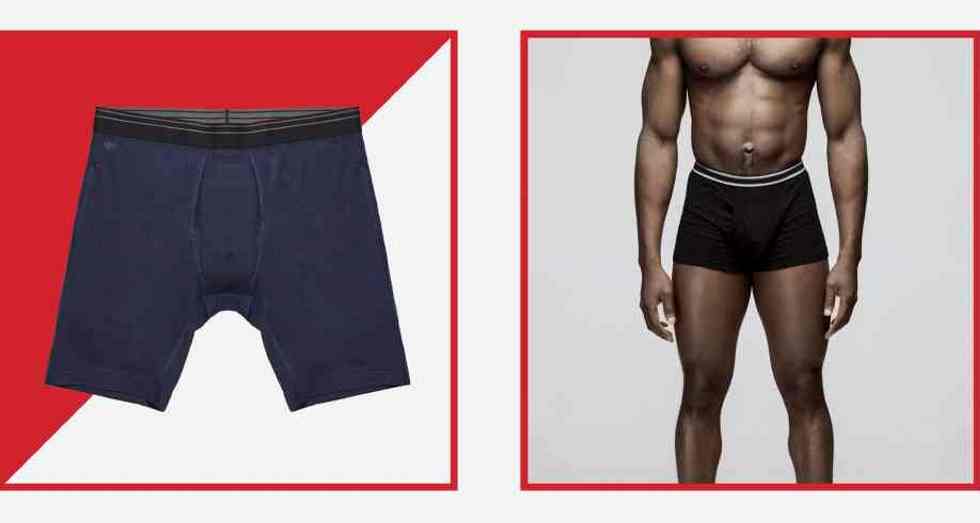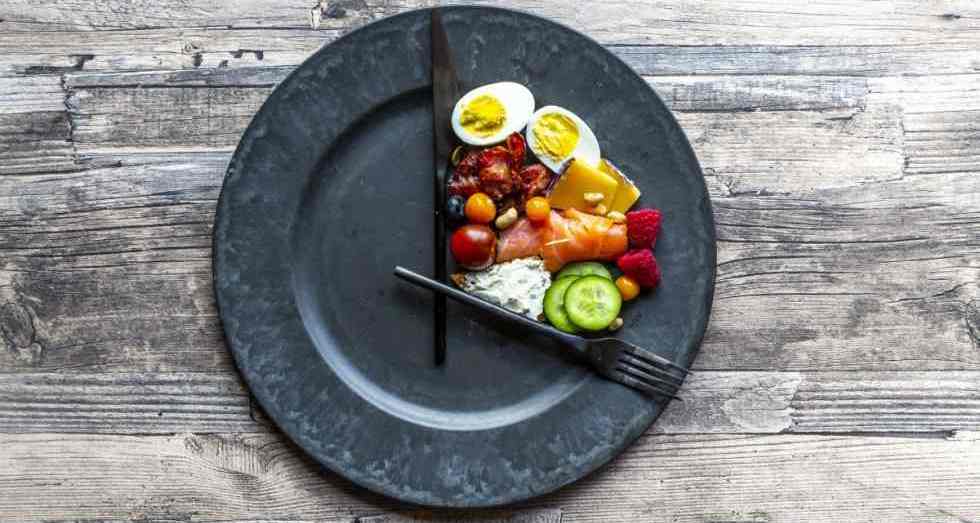In the past, we’ve addressed the all-important question of what to do with a stand mixer. But because I’m asked for specific stand mixer recommendations on a near-daily basis, I’d like to dig into the why behind my personal favorite, the six-quart KitchenAid Pro.
Please bear in mind that this is a very personal answer, and one I'm providing in response to the frequency with which I'm asked this question. The personal nature of my answer means that I might get a little ranty in places, but I hope you'll forgive me. A stand mixer is an essential part of my job, something I use for my work every day, so even small annoyances with some models are enough for me to hurl them in the trash. There are quirks or flaws I might not mind if I used it only occasionally for a hobby, so not all of my demands may be as relevant to you. And so, while this is not a formal review, nor even practical advice for the very casual baker, it’s my perspective, based on years of baking, both in professional environments and at home.
In short, the KitchenAid Pro series is my OTP because of its power, capacity, all-metal construction, and design—particularly that of its bowl and fixed head.
The KitchenAid Pro series is the only stand mixer I've found to have a wide, traditionally shaped bowl that's not too deep and that’s free from the foot that defines other KitchenAid stand mixers as well as other brands.
:max_bytes(150000):strip_icc()/KitchenAid6-QuartProfessionalStandMixer-f838160db79a4a5bb3cbf04f6801de50.jpg)
KitchenAid 6-Quart Professional Stand Mixer
If the word "foot" is throwing you off, think of how other stand mixer bowls are shaped, like a deep and narrow "U" ending in a little pedestal that twists into the base of the machine—that's the foot, and it's a deal-breaker for me.
I find this deep-yet-narrow bowl style difficult to effectively scrape while it's attached to the mixer, especially along the bottom. The task of scraping is only made more obnoxious to me by the tilt-head design shoving the whisk or paddle attachment in my face. It's almost impossible to scrape the bowl without banging my hand (or the handle of my spatula) into the attachment, resulting in a smear of butter or cream or meringue that only annoys me more.
The foot also makes the bowl unbalanced, and paired with its deep and narrow design, that can make many off-mixer tasks unnecessarily awkward, a challenging set of obstacles for beginners to navigate when, say, trying to fold flour into a delicate batter. I've watched many bakers struggle trying to hold a footed bowl steady, while scraping and folding into its depths, only to wind up with a rather streaky, semi-deflated batters. The whole time I'm biting my tongue, thinking how much easier they'd have it working with a wider, more traditionally shaped bowl.
The damnable foot also makes this style of bowl unsuitable for water baths, as the foot slows the process of heat transfer to a crawl and then retains that heat for eons on the mixer (often to the point of heating the mixer itself to a worrisome degree). This means some bakers may find their Swiss meringue never cools enough to safely add the butter, resulting in a frosting soup.
This problematic design necessitates using a second bowl for any recipe that calls for a water bath, and I refuse to pay hundreds of dollars for a machine with a bowl that can’t be used on its own for such a common pastry chore. Even when dirtying a secondary bowl to heat something up or with recipes involving an alternate heat source (like the boiling syrup in an Italian meringue buttercream), footed bowls still retain heat like no other, stalling the cooling process essential to so many recipes, from nougat, divinity, marshmallows, and pâte à bombe or similar mixtures (such as my tiramisu and no-churn ice cream).
Which brings me to my love for the KitchenAid Pro series and its simplified design.
:max_bytes(150000):strip_icc()/__opt__aboutcom__coeus__resources__content_migration__serious_eats__seriouseats.com__2019__05__20190520-cheesecake-vicky-wasik-14-7ae74a7a772b482f8ffdb274c9d0a125.jpg)
Because of its width and more traditional mixing-bowl shape, I find the Pro series bowl easy to use. Lower the bowl and give it a quick scrape (the bowl cranks up and down, instead of the upwards tilting motor head housing on other stand mixer models); it's wide enough you won't bonk into the attachment. Plus, its size and width make it easy to add ingredients, wet or dry, without having to fumble around with a pouring shield.
Thanks to its wide, foot-free, stainless steel construction, the Pro series bowl is perfect for use over a water bath, helping whatever's inside warm quickly and efficiently.
:max_bytes(150000):strip_icc()/__opt__aboutcom__coeus__resources__content_migration__serious_eats__seriouseats.com__2019__05__20190429-mascarpone-no-churn-ice-cream-vicky-wasik-2-1500x1125-62a29bd6c7084301a6b871ad2ce759a0.jpg)
Without that foot, the Pro series bowl sheds heat quickly when moved from a water bath back to the mixer, so things cool in short order, whether Swiss meringue, French buttercream, marshmallows, or whatever else.
Because of its wide, foot-free, stainless steel construction, the Pro series bowl can also be tossed over an open flame, so if a recipe starts out with melted butter, there's no need to dirty a second bowl or skillet to melt it. Likewise, if a buttercream turns out too stiff and cool, I can pop it directly on the stove for a second or two to warm the frosting from the bottom and then re-whip to get the whole batch into a soft and creamy state.
:max_bytes(150000):strip_icc()/__opt__aboutcom__coeus__resources__content_migration__serious_eats__seriouseats.com__2020__02__2020-02-18-standmixer-bowl-on-burner-1500x1125-b3b85ce70fc747a0b481f1f81468252c.jpg)
While the KitchenAid Artisan is a five-quart machine, the KitchenAid Pro series comes in a five-, six-, or seven-quart capacity, but it’s the six-quart model that I have at a home and what I recommend to folks in the market for a stand mixer. The mixer’s capacity isn’t necessarily a reflection of a need for large scale baking; the six-quart mixer is more than capable of handling small scale recipes; if anything seems to be left unmixed at the bottom of the bowl, it’s merely a sign that the bowl-to-beater clearance needs adjusting.
In most cases, the extra capacity provided by a six-quart machine will simply mean less splashing from the bowl. In short, less mess. And that larger bowl size will make it more versatile for other applications, even off-mixer. It’s actually what I use at home whenever a recipe calls for a large bowl, whether for tossing a salad, dressing noodles for XO mazemen or mixing the ingredients for a no-knead focaccia.
In fact, my love for the Pro series bowl is why you won’t find a mixing bowl recommendation in my equipment guide; I simply don’t use any other sort of bowl. I’d rather invest in an extra stand mixer bowl (or two) than have a set of traditional mixing bowls.* For someone who bakes every day, those extra bowls come in handy when I use my mixer, and they’re just as versatile when I don’t.
*Disclaimer: I do use other bowls here at Serious Eats and on Instagram when staging photos, whether to create a more practical scene (most folks can’t avail themselves to multiple stand mixer bowls), to avoid implying a stand mixer is part of the recipe (as with a no-knead bread or easy olive oil cake), or to avoid distracting reflections in a metal bowl.
I find the KitchenAid Pro series to be more powerful on the whole, meaning it can smoothly handle more challenging projects (like a bread dough that requires a high level of gluten development) while breezing through everyday baking tasks in record time. And should a repair be in order, it pops open without any fuss, and replacing the worm gear is a cheap and straightforward affair (I've done this exactly once, for a machine that I owned nearly 15 years, after dragging it to multiple restaurants and putting it through all the testing for my book and my first two years at Serious Eats).
And perhaps it’s that long road of use through trying times that has helped me bond so closely with my stand mixer, which at this point feels more like a witch’s bond to her familiar. So I understand that for others my reasoning may not be enough to justify the purchase of a more expensive machine. But as of this writing, the six-quart KitchenAid Pro series retails for $337 while the five-quart KitchenAid Artisan is $294, a difference of less than 50 bucks.
As far as I'm concerned, that's money well spent in terms of power, capacity, functionality, and versatility (and, okay, maybe an inexplicable emotional yearning).

































